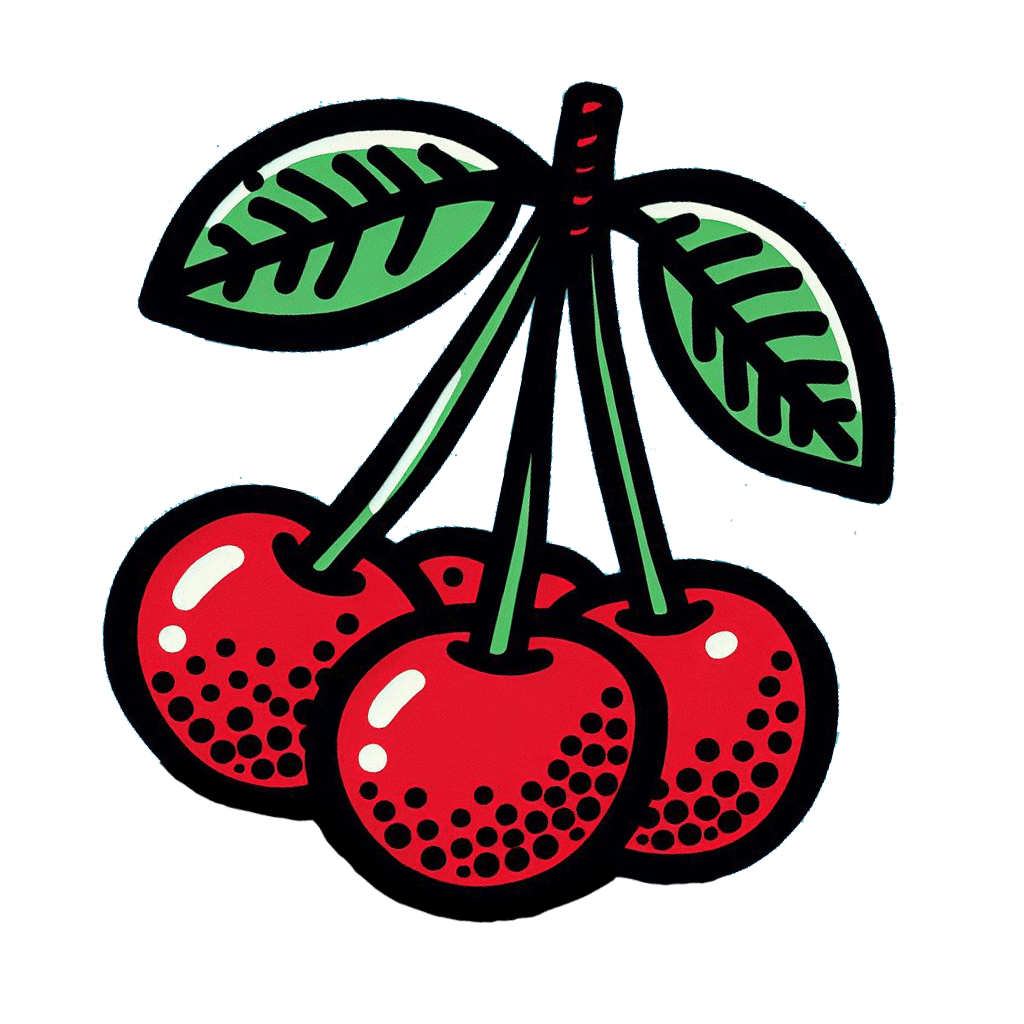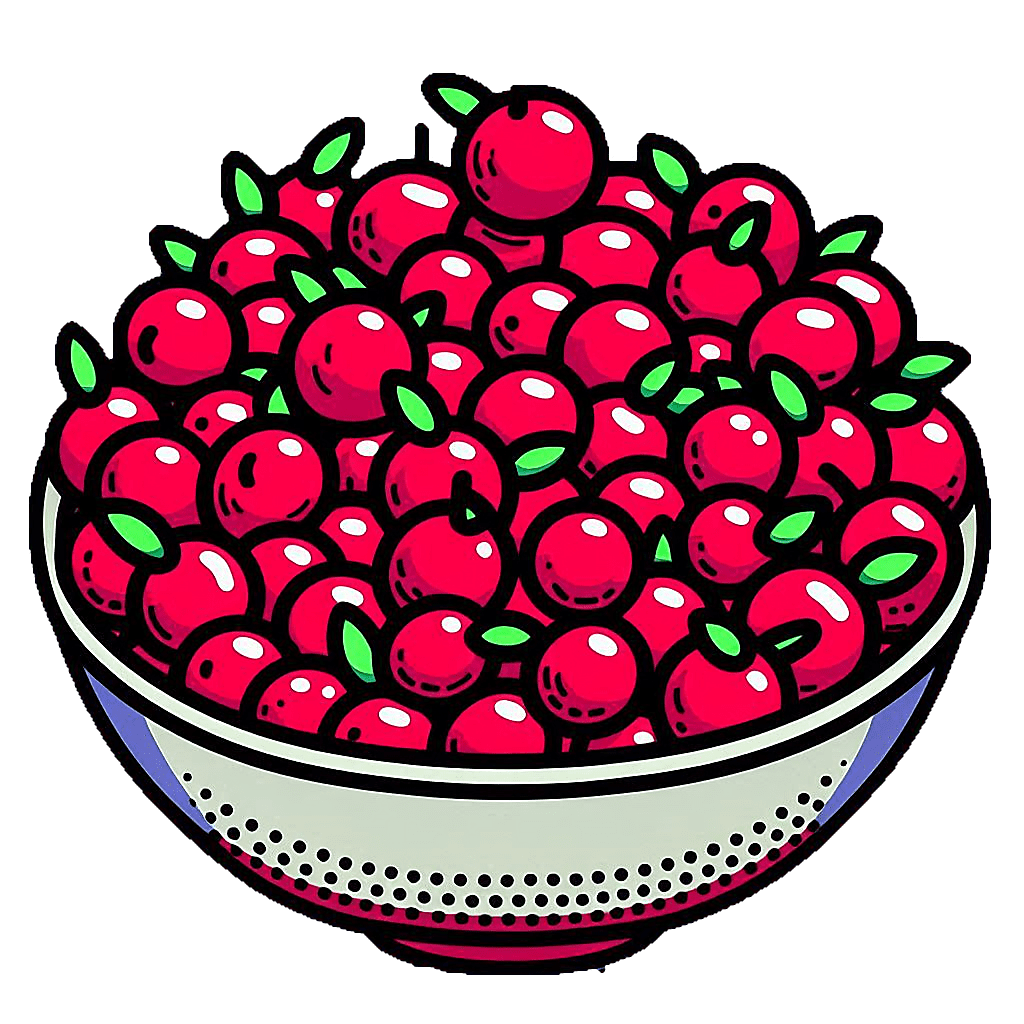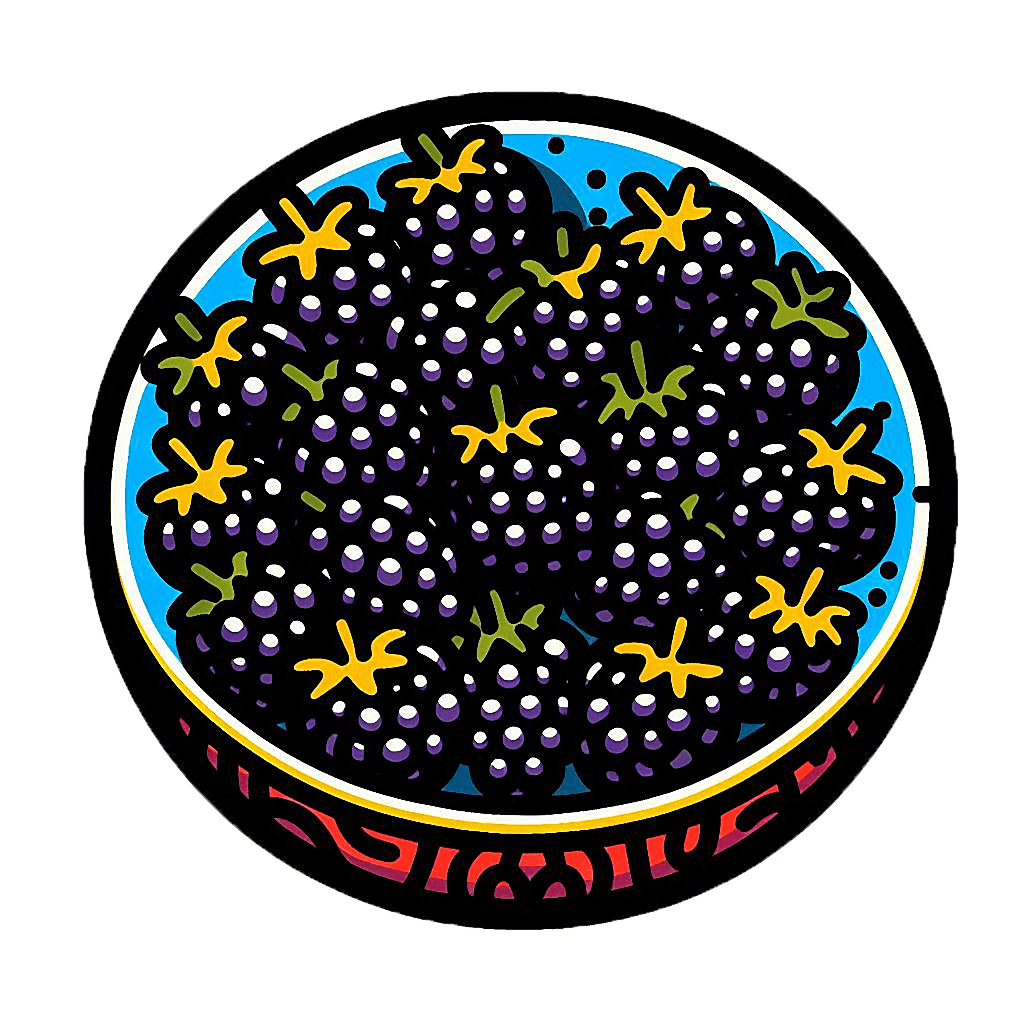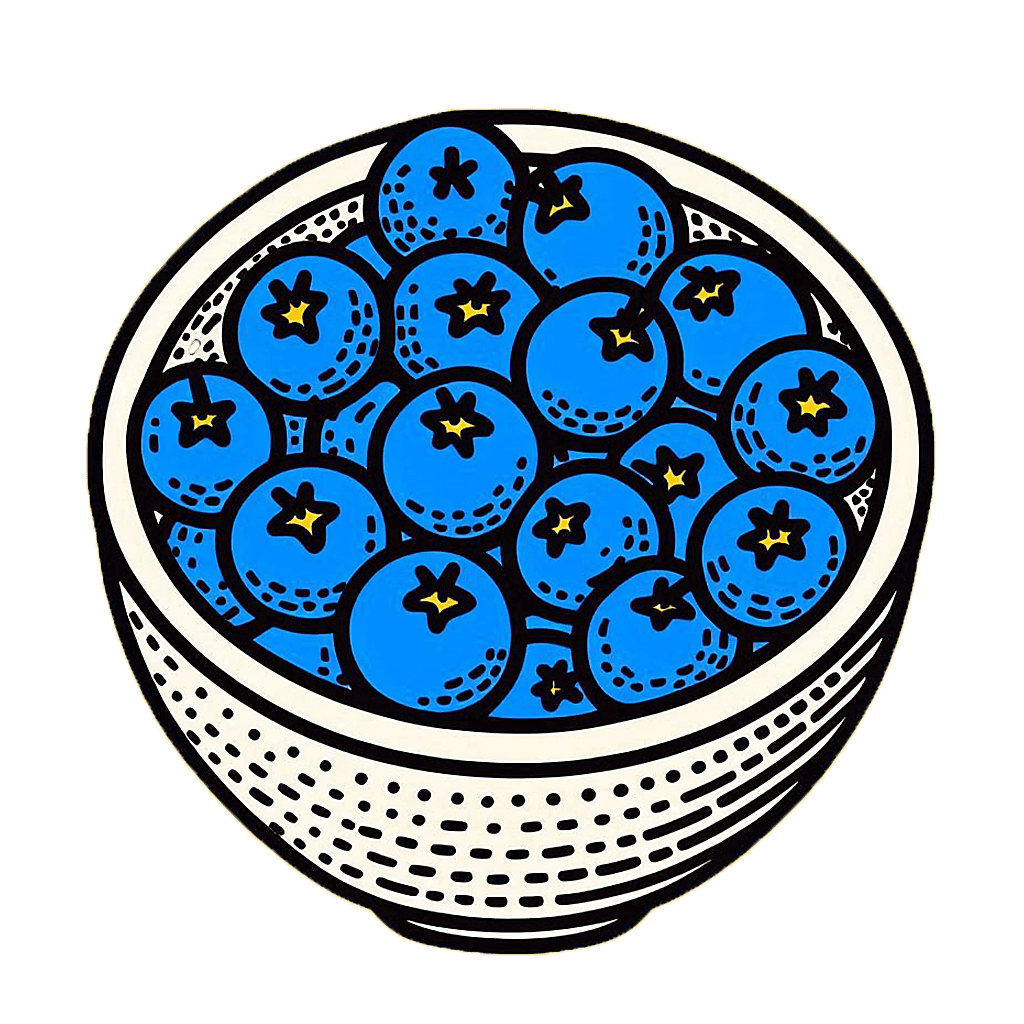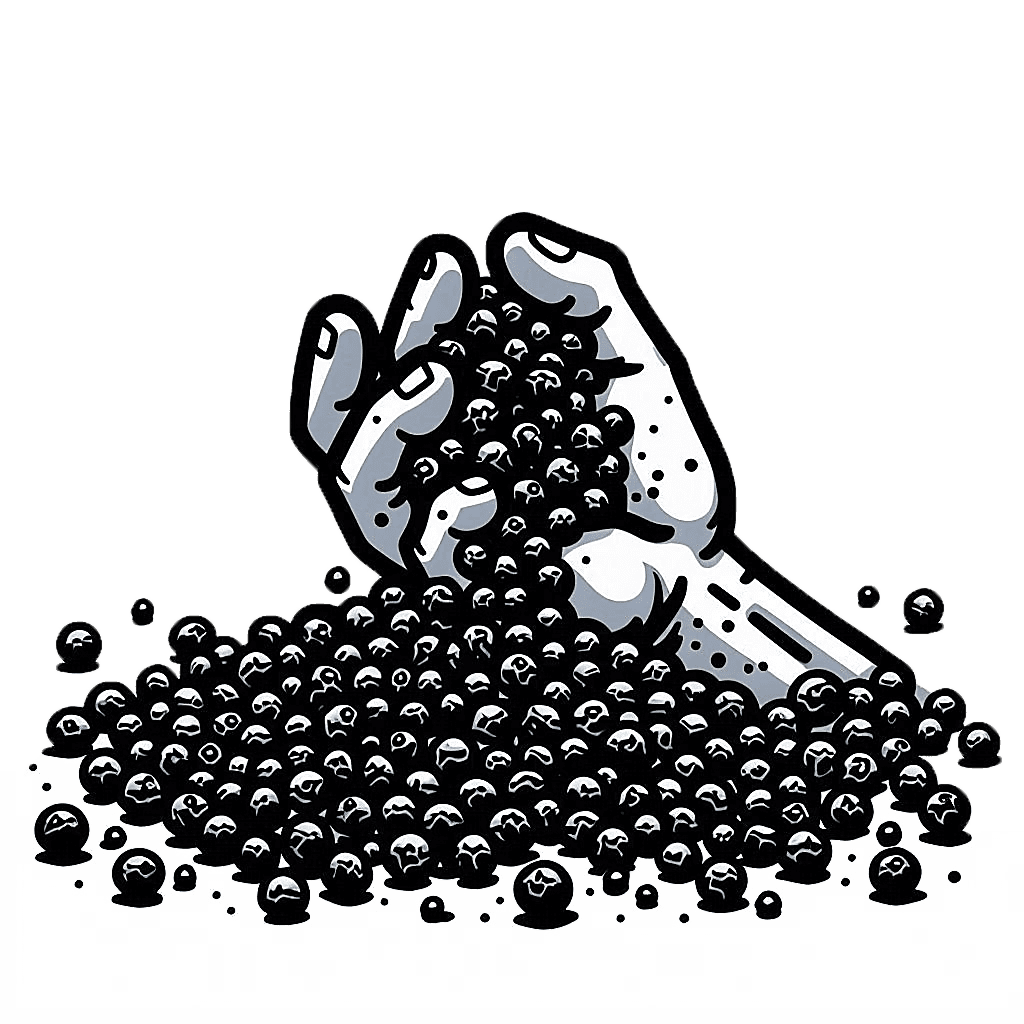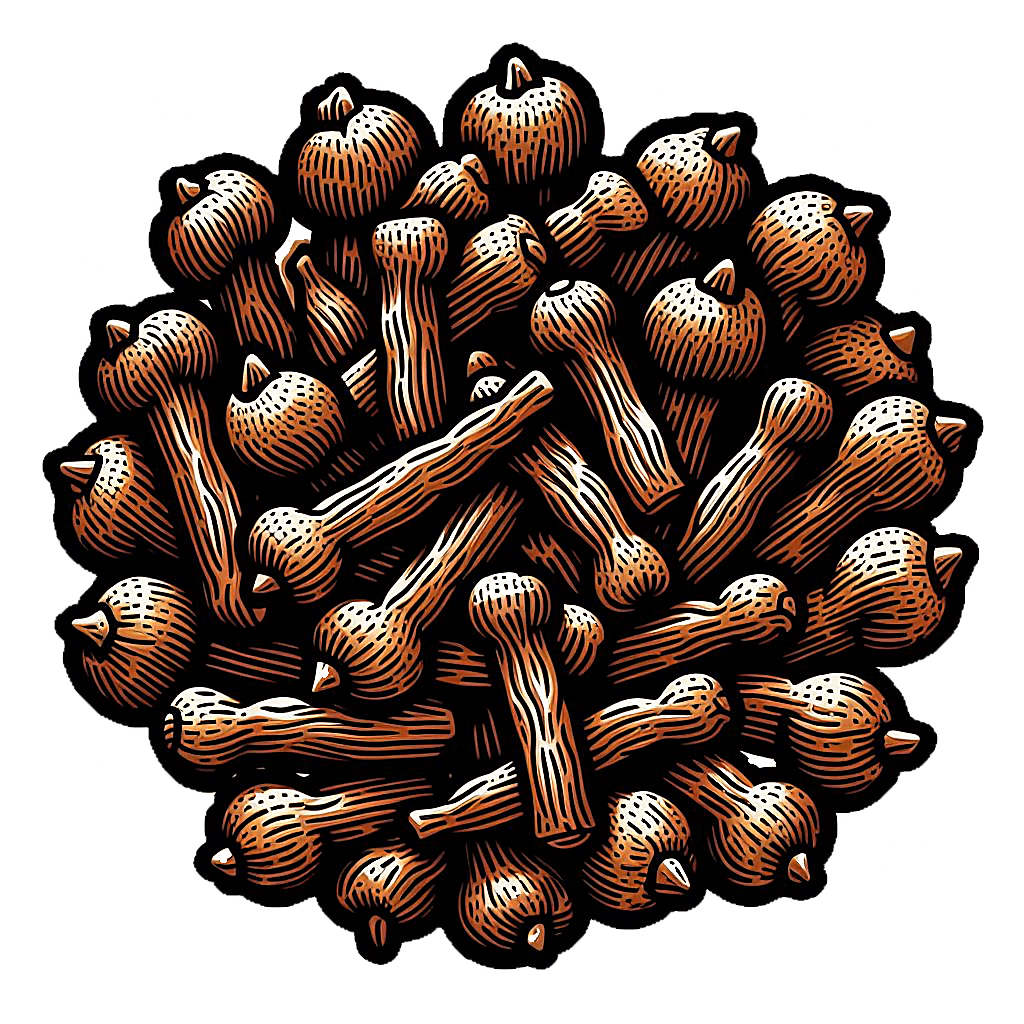/perɾikˈone/
- Cataratto Rouge
- Niuri
- Perricone Nero
- Pignatelli
- Pirricuni
- Tuccarinu
Red
- Once prevalent, Perricone has witnessed a decline in its prevalence, particularly in the provinces of Palermo and Trapani on Sicily‘s western coast.
- Here, it was predominantly blended with white grapes to craft ambrato wine, characterized as a rustic rosato. Additionally, Perricone has long been a key component in the production of ruby Marsala.
- Despite its historical significance, Perricone, like many other varieties, faced significant challenges due to phylloxera infestation, which greatly impacted its cultivation.
Perricone yields exquisite wines characterized by their deliciously dark hues and intense perfumed aromas. Precision in harvest timing is paramount when cultivating Perricone, as the window between optimal sugar levels and acidity balance is narrow. Failure to harvest at the precise moment risks producing wines with elevated alcohol content yet lacking in structural finesse, particularly in vineyards situated at lower elevations. While monovarietal expressions of Perricone are rare, they offer a rare glimpse into the distinctive qualities of this captivating grape variety.
Visual Flavour Profiles:
